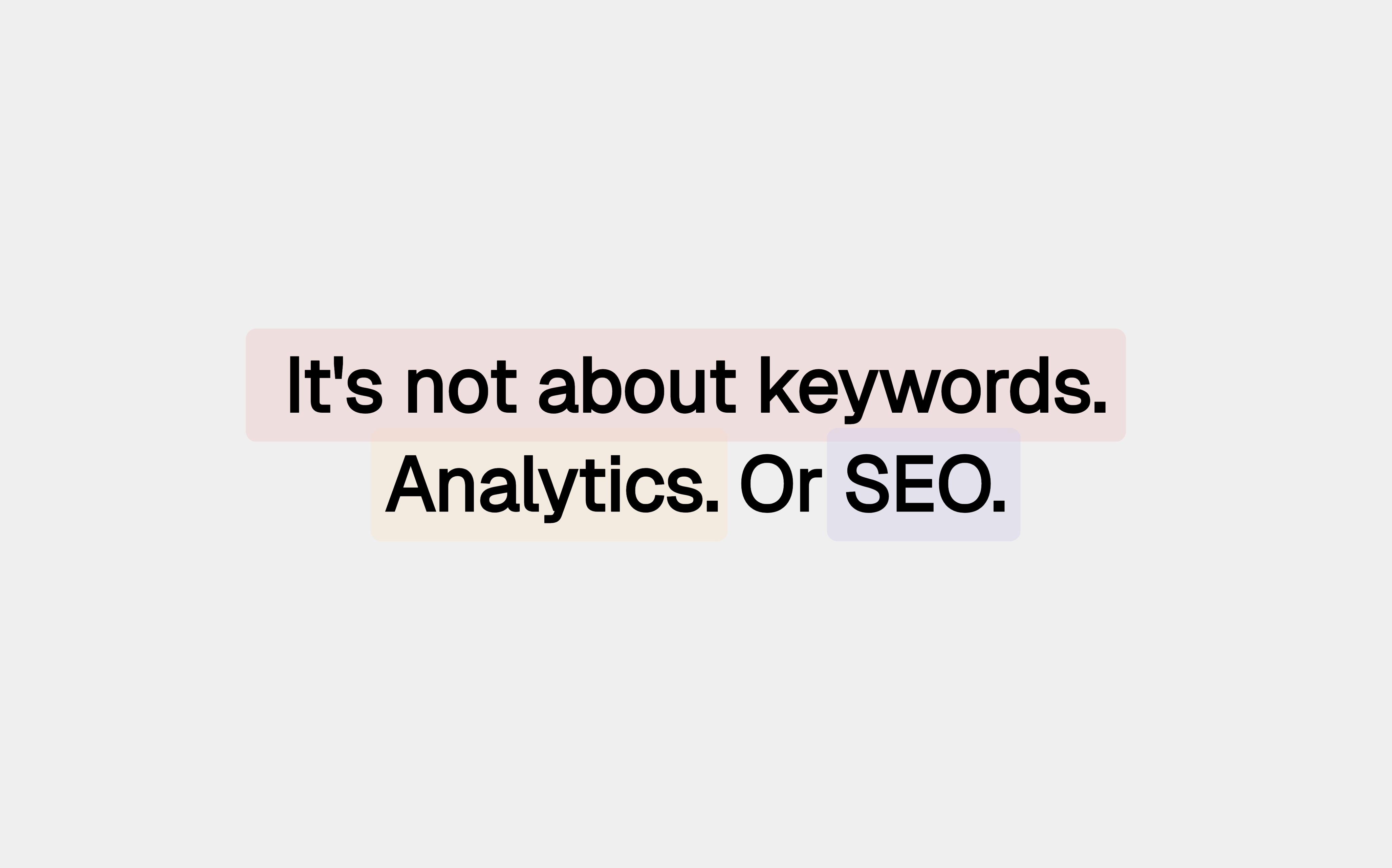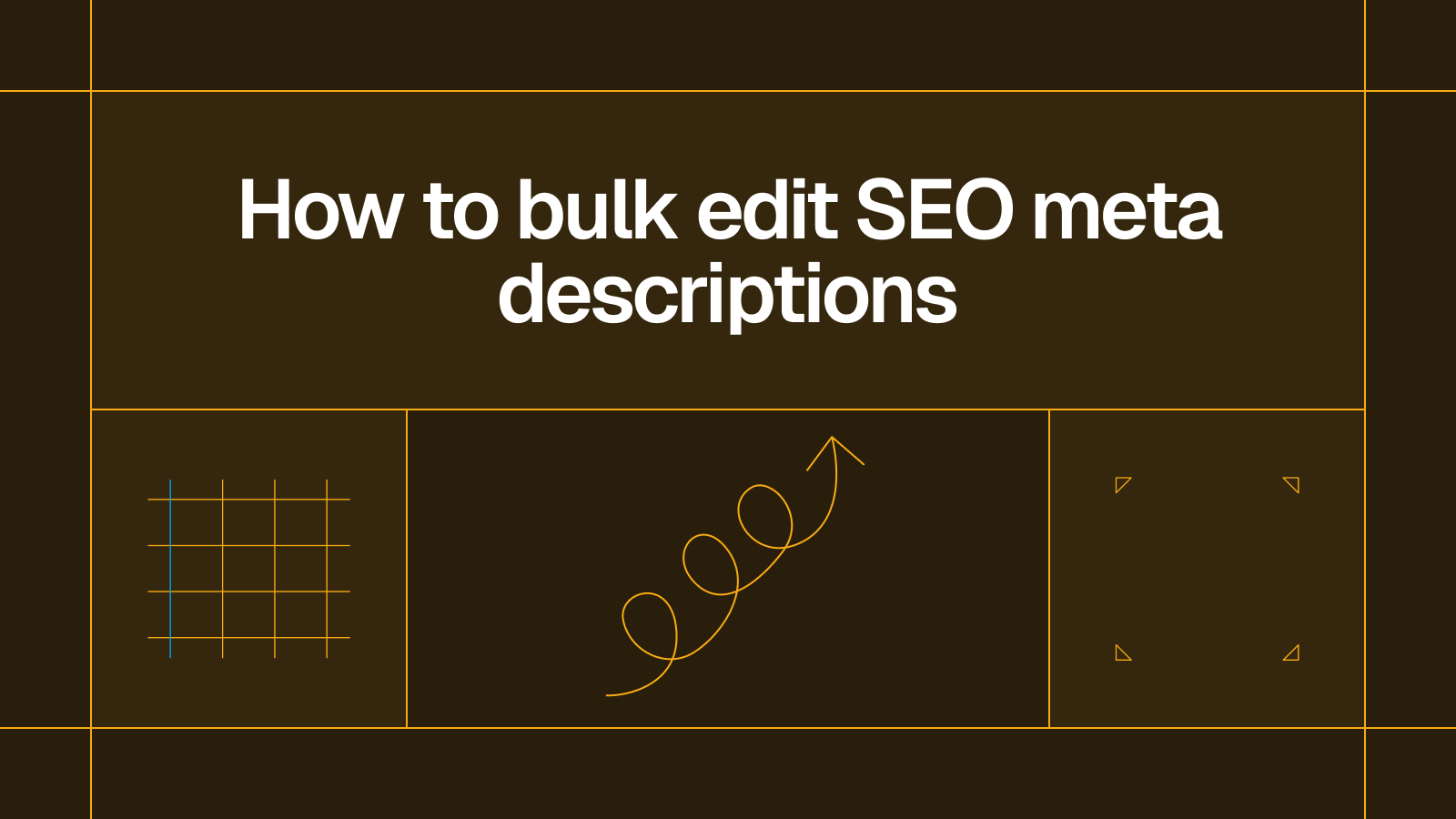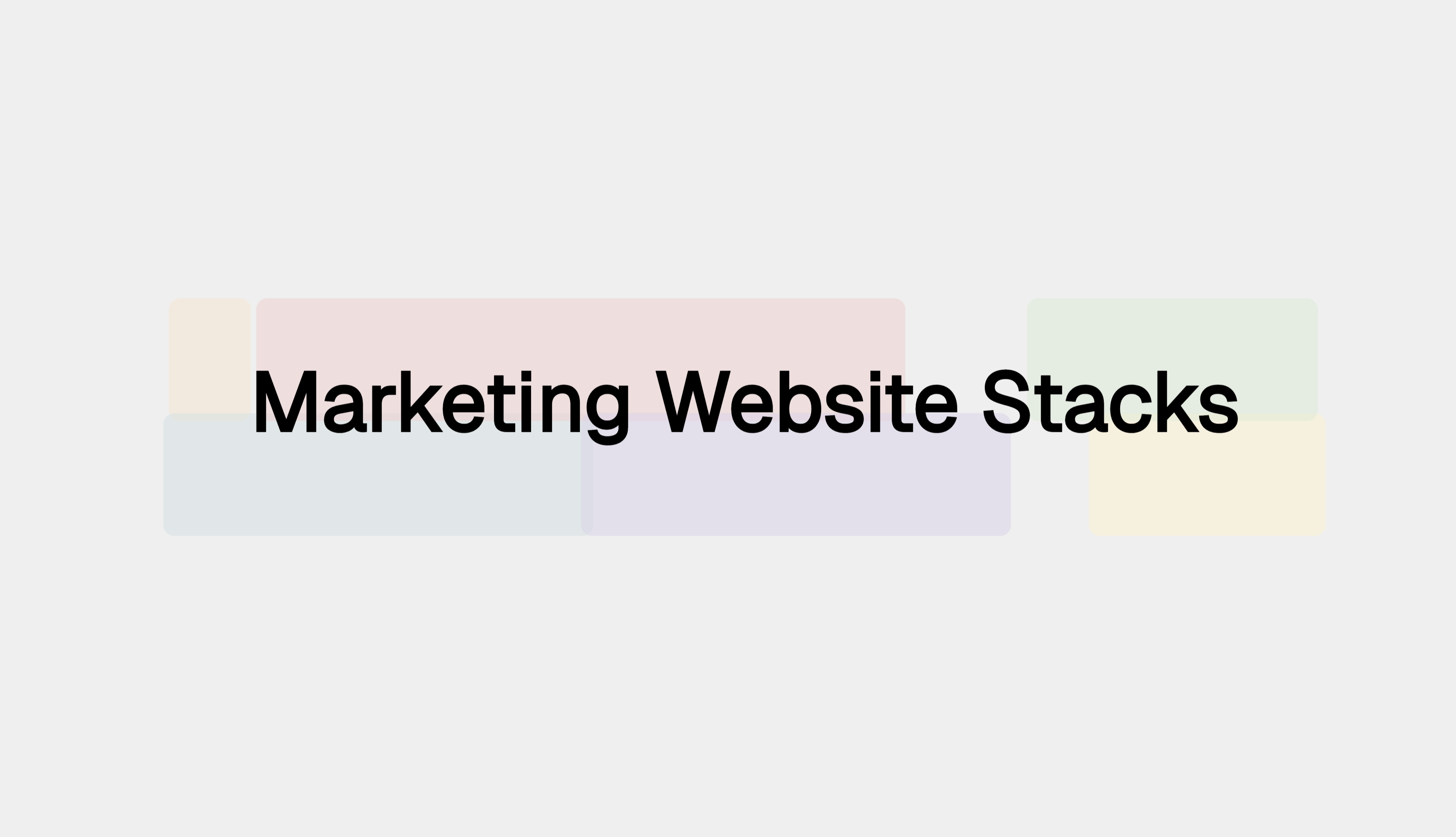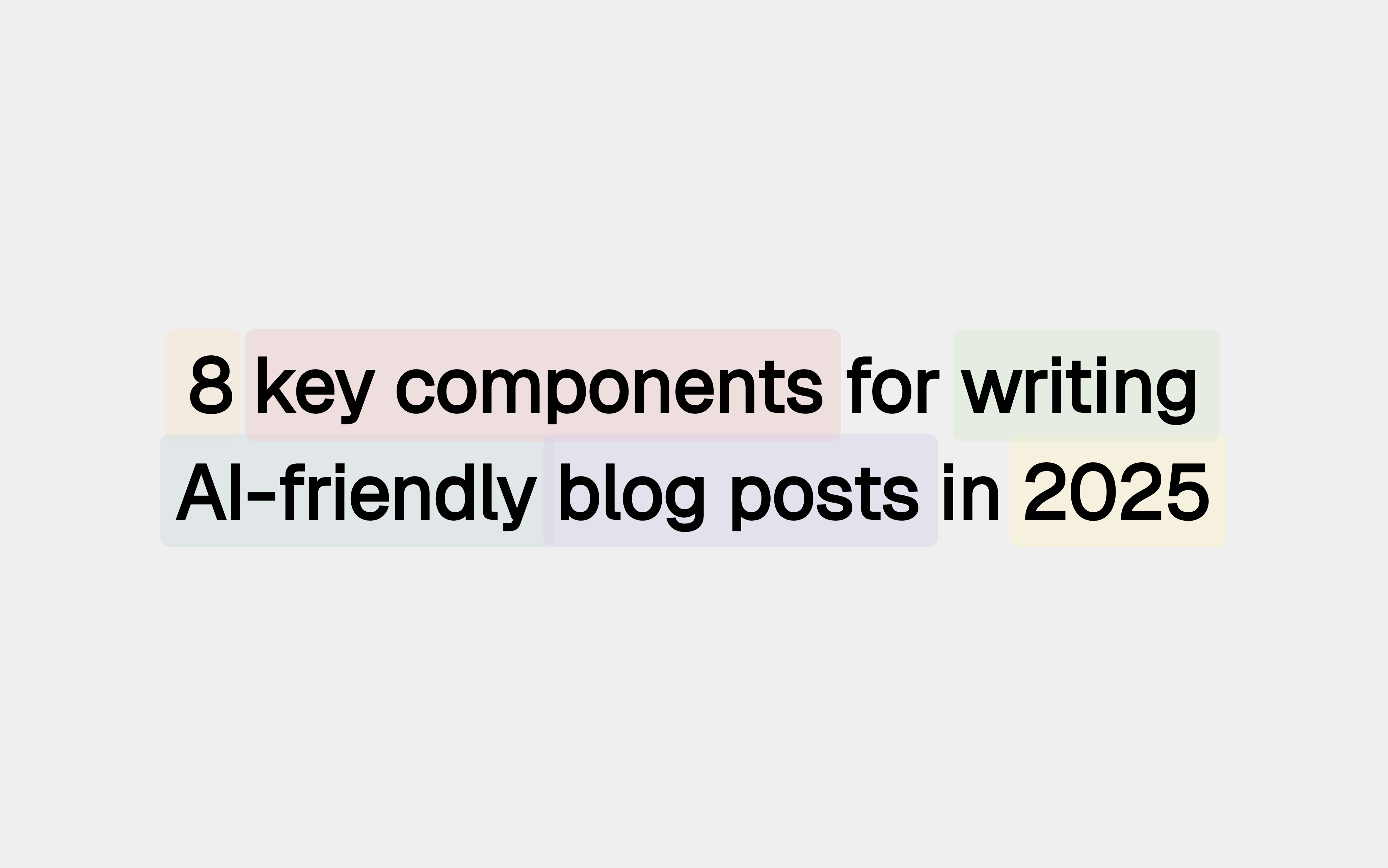Web3 & No-Code

How Bildr is combining tech’s biggest trends to create the future.
For much of 2021, “no-code” and “creator economy” were the hot buzzwords of the venture world. Today, they’ve been supplanted by a new buzzword that’s taken the world by storm... “web3”. VC’s have raised multi-billion dollar funds. Bored Apes are the new status symbol. Jack Dorsey and Marc Andreessen are even feuding about the topic on Twitter!

Google Trends interest in web3 over last 12 months
Beneath all this noise is a group of people who genuinely believe web3 is the future of the internet. But if you haven’t ventured into the rabbit hole, what exactly is it? How does web3 impact SaaS companies? And how might it intersect with no-code?
I chatted with Mark Magnuson and Drew Thomas of Bildr, who are at the forefront of these trends. Bildr is a visual web development tool that lets you create web apps without writing code. Just last month, Bildr became one of the first no-code companies to incorporate web3 by launching a set of NFTs for their users. Mark and Drew shared their insight about starting Bildr, moving into web3, and the future of web3 + no-code.

Hi there, you are reading the Whalesync blog. Whalesync is a workflow automation tool that makes editing Webflow CMS, Supabase, or HubSpot data directly from Notion or Airtable really easy. Try it today!
Founding Bildr
When spaces like no-code heat up, some entrepreneurs will rush to the market in hopes of quickly striking gold. Bildr, on the other hand, was started organically, long before the term “no-code” had entered the collective consciousness. In 2006, Mark Magnuson dropped out of college to start a consulting agency. Most agencies deliver custom code to their clients, but Mark and team took an alternative approach. Their agency used a homegrown no-code tool to deliver results. Whenever a client made a request their tool couldn’t support, they upgraded the tool. As they competed for larger contracts, they received more bespoke requests, leveling up the platform.
Rather than hard-coding any of it, we would just level up the platform. We literally just did that for another decade. We got to a point where we’re selling multi-million dollar custom ERP suites and things like that. We would build them from the ground up without writing any code.
Interestingly, Drew had a similar start to his career. While in college, Drew started a consulting agency as well. He too leveraged no-code tools to deliver client work. Although he wasn’t creating a platform, Drew was at the forefront of a major trend as one of the few no-code agencies in the country. Eventually, he decided to leverage his knowledge by creating No Code List - a resource for sharing and discovering no-code tools. No Code List gained in popularity, giving Drew a front-row seat to all the newest tools launching in the space.
After fourteen years of evolving his in-house tool, Mark saw an opportunity. As platforms like Webflow started to take off, he recognized that his system could enable others to create web apps of their own. In 2020, Mark officially spun out Bildr and invested the time to productize the tool. Around that time, he began searching for a designer to lead the Bildr team. Mark came across Drew’s consulting practice and decided to reach out. Upon demoing Bildr for Drew, it was love at first sight.
They casually demoed Bildr for me, and it was just a complete paradigm shift. What I saw [with Bildr], I didn’t see in any other no-code tools. It was the most versatile tool. That’s where it clicked for me.
Competition in the space has intensified recently, but Bildr is separating itself from the pack. They’ve inspired a passionate community of early users thanks to the opinionless nature of the product. Unlike other no-code tools, Bildr is a layer on top of code. It has a steeper learning curve than most but practically no restrictions on what you can build. Their early adopter community, which is more technical than most, has played a big part in their initial entrance into web3.
Defining Web3
Web3 has become such a buzzword that it’s taken on all kinds of different meanings. Before getting into Bildr’s approach to web3, I wanted to pin down precisely what it means. While they admitted web3 could be a bit nebulous, Mark and Drew’s definition of web3 was fundamentally about decentralized authentication. It’s a distinct way of authenticating with crypto wallets, transferring money without intermediaries, and leveraging decentralization.
In web3, everyone has a wallet that can be generated through tools like Coinbase or Rainbow. This wallet is unique and can be used to store NFT’s, transfer money, or log in to services. From a technical standpoint, this is the crux of web3. The ramifications of decentralized authentication are still unknown, but Bildr sees it as potentially transformative.
In a web3 world, relationships between companies and users are “trustless.” As a SaaS company, you don’t need to know anything about a user other than their wallet ID. As a user, you can single sign-on to services without an intermediary like Google or Facebook. In this way, you own your authentication. Mark compared this to a decentralized version of open-source dynamics.
If you work on open source projects, people go and look at, your ranking, right? How much have you committed to these open source projects? You can get clout in your community for that. You can get hired because of that. You can actually make more money because of that. It’s the same kind of thing.
Bildr Passes
While it’s fascinating to imagine the future of web3, Mark and Drew aren’t just talking about it. In December, Bildr launched NFT collections for their users. Unlike most NFT’s in the news, Bildr passes are focused squarely on utility. Holders of their Studio Pass receive lifelong access to the Bildr product in addition to other community benefits.
The Studio Passes also inspired a new relationship between Bildr and their customers. When purchasing the NFT, users can choose the artwork on the pass. This feature involves users in the creation of their token, leading many to share their purchases on social media. Mark and Drew say this has directly translated into the community as users feel more ownership of the platform.
You get this sense of commitment to the thing you’re doing. It’s really interesting. You don’t get that with Stripe... the result is they want to share that thing because they took part in creating it.
What’s also interesting about this model is that users theoretically have limited downside. Lifetime pass NFT’s are transferrable, so you can sell them on open markets. If owners of a Studio Pass decide to leave Bildr, they can recoup their money on a sale. There are risk factors, like the price of ETH, but fundamentally it’s a new approach to purchasing SaaS. From Bildr’s perspective, they see added upside as former customers bring in new ones on their way out.

https://web3.bildr.com/
All in all, Mark and Drew are treating this as an experiment, albeit one with major potential ramifications. Before the NFT passes, they wondered whether this was useful or even feasible. Having run this first experiment, the team unanimously agrees they should continue doing things like this.
Web2.5
As optimistic about web3 as Mark and Drew are, they’re also realistic about the timeline. This is early days for web3 as primitives are still being built. Rather than an overnight shift, they envision a 10+ year evolution.
I think people also should recognize that we’re not really moving there for a decade, at least. It’s like cloud. Are we all the way in the cloud yet? We’re still not there. It’s been 20 years, but legacy companies still have local servers, and there’s room for it. It’s going to be the same thing with web3. We’re in web 2.5.
In “web2.5”, traditional SaaS companies will begin to layer web3 components onto their web2 products. Currently, there’s a bit of a chicken-or-egg problem with users and platforms not yet reaching the tipping point of adoption. As more users create crypto wallets, it makes more sense to incorporate decentralized auth into SaaS apps.
Web3 and No-Code
While powerful technology underpins the web3 movement, a specific culture also accompanies it. Mark and Drew described the unique ethos of web3 or, as they playfully described it, “the vibes.” They likened this culture to the early days of the internet, where everyone was experimenting and cheering each other on.
I [can’t believe] I’m saying vibes out loud, but after you’re in it, you’re like... it is vibes. That’s actually what it is. It’s crazy like the early days of no-code Twitter. Everyone is super positive... it just engages you. You want to be a part of it.
This intangible component is where web3 and no-code collide (🤝). Web3 and no-code both have a shared goal of broadening the world’s ability to do things. These movements both envision a society where more people are creators. People who are attracted to the frontier are naturally attracted to both. We’re seeing this play out in Discord groups and Twitter conversations repeatedly.
A large chunk of people are like, “Hey, I was on cutting edge with no-code, now I’ll be on the bleeding edge with web3.” It’s a natural transition for a lot of that group. It makes total sense to me.
Ironically, despite their overlapping interests, web3 today is not particularly no-code friendly. Drew, who’s been programming for nearly twenty years, still feels like a novice with smart contracts. Luckily, that’s where tools like Bildr can help bridge the gap. Mark and Drew believe it’s possible to build just about anything with Bildr - including web3.
Subscribe for more
Stay up to date with the latest no-code data news, strategies, and insights sent straight to your inbox!
Thank you for subscribing!
Related posts












.svg)




.svg)


